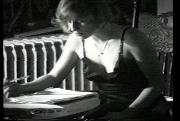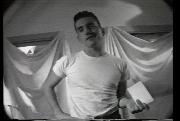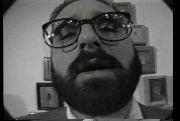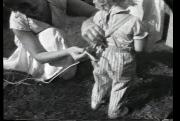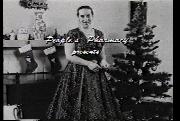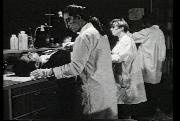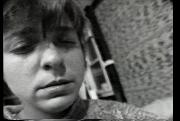
"In The Bus Stops Here, a complicated family triangle becomes the scene for the juxtaposition of heterosexual and lesbian desire, maternal and paternal objects, and differing views of psychoanalysis as, alternately, talk therapy and drug therapy; Jaques Lacan also makes an appearance as "Jack," the father.... Judith, the clinically depressed lesbian sister of Ana, a novelist who is having an affair with Judith's therapist, rarely speaks, and more frequently her desire and her story are spoken by others -- the therapist, the psychiatrist who prescribes different drugs for her, or the male voice-over (who Zando describes as the meta-narrator) who gives her history. In another way lesbian desire is appropriated by her sister, whose novel in progress, read aloud in the tape, is about lesbian attraction and seduction. If Judith's story (and by extension her lesbianism) is largely told, narrated and appropriated by others, this is part of a larger pattern in the tape whereby women rarely narrate their own stories but are "told," rather, by male figures of authority - psychoanalytic and psychiatric authority specifically."
Judith Mayne, "Julie Zando's Primal Scenes and Lesbian Representation," Quarterly Review of Film and Video, Vol 15(1), pp.15-22
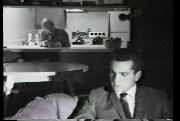
"The Bus Stops Here" is a collaboration between Josephine Anstey and Julie Zando. Script & Editing by Anstey/Zando. Production by Anstey. Direction by Zando. Anstey is one of the main performers in the piece.
